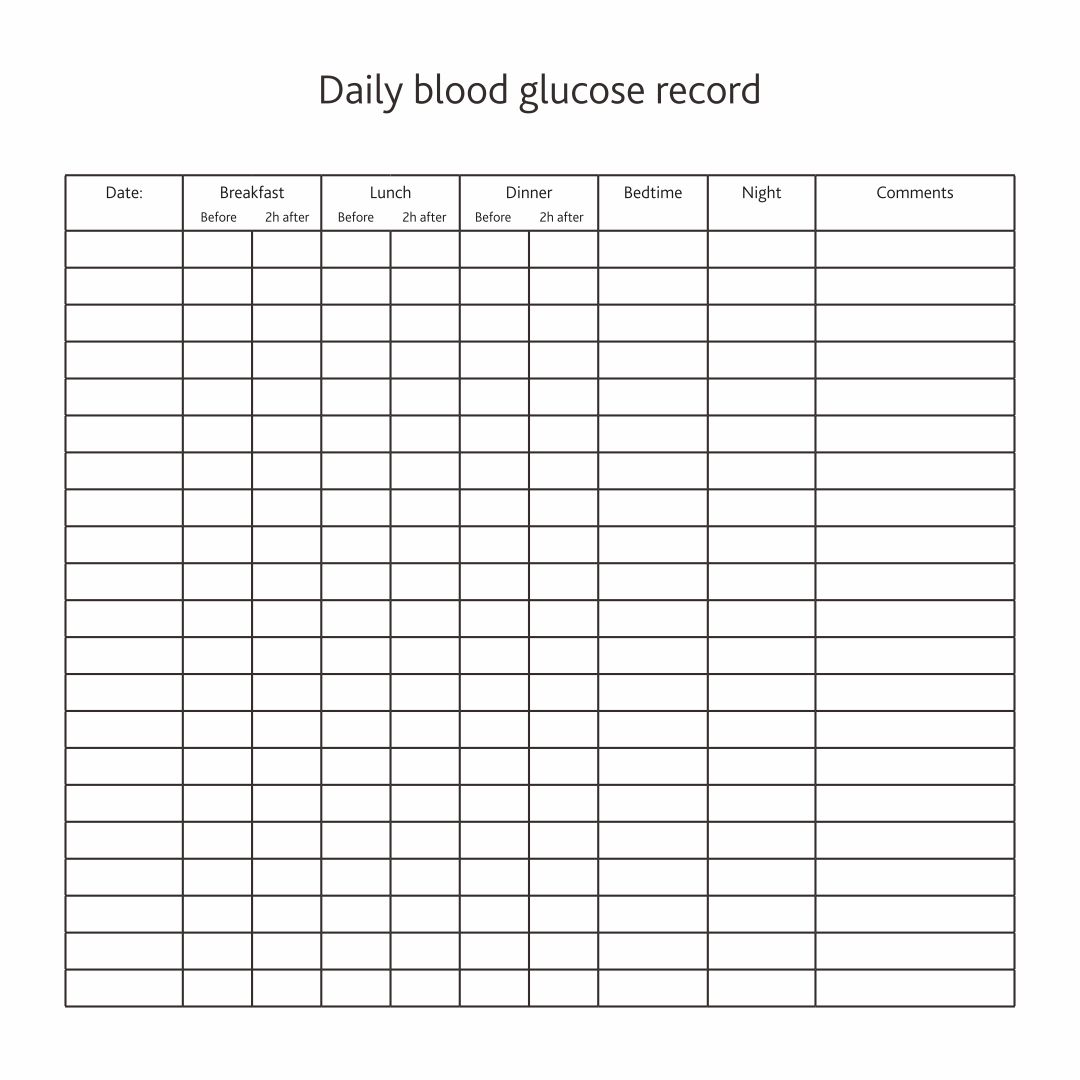When it comes to managing your health, keeping track of your blood glucose levels is essential. Whether you are someone who has been diagnosed with diabetes, or you simply want to stay on top of your health in general, tracking your blood glucose levels can give you valuable insights into how your body is functioning.
Why Track Your Blood Glucose Levels?
There are a number of reasons why you might want to track your blood glucose levels on a regular basis. For starters, keeping track of your blood glucose levels can help you identify patterns in your diet, exercise routine, and daily habits that may be affecting your blood glucose levels.
Tracking your blood glucose levels can also help you identify potential health concerns. For example, if you notice that your blood glucose levels are consistently high, that could be a sign that you are at risk for developing diabetes. Alternatively, if your blood glucose levels are consistently low, that could be a sign that you are not getting enough nutrients or that you are not eating enough food.
How to Track Your Blood Glucose Levels
If you want to start tracking your blood glucose levels, there are a few things you will need to do. First, you will need to purchase a blood glucose monitor. These devices are available at most drugstores and can be purchased online as well. Once you have your blood glucose monitor, you will need to learn how to use it.
Once you have your blood glucose monitor and you know how to use it, you can start tracking your blood glucose levels. The easiest way to do this is by keeping a logbook or spreadsheet. You can also use an app or online tool to track your blood glucose levels.
Using a Blood Glucose Log Sheet
 One of the easiest ways to track your blood glucose levels is by using a blood glucose log sheet. These sheets allow you to easily record your blood glucose levels over time, and they can help you identify patterns in your blood glucose levels.
One of the easiest ways to track your blood glucose levels is by using a blood glucose log sheet. These sheets allow you to easily record your blood glucose levels over time, and they can help you identify patterns in your blood glucose levels.
When using a blood glucose log sheet, it is important to record your blood glucose levels at regular intervals. Depending on your needs and your healthcare provider’s recommendations, you may want to record your blood glucose levels once a day, several times a day, or once a week.
In addition to recording your blood glucose levels, you may also want to record other information in your log sheet. For example, you may want to record what you ate and drank before testing your blood glucose levels, as well as any medications or supplements you took.
Other Tips for Managing Your Blood Glucose Levels
In addition to tracking your blood glucose levels, there are a number of other things you can do to help manage your blood glucose levels.
One of the most important things you can do is to eat a healthy diet. This means eating a variety of fruits, vegetables, whole grains, and lean proteins. You should also avoid foods that are high in sugar and processed carbohydrates.
Another important factor in managing your blood glucose levels is exercise. Regular exercise can help lower your blood glucose levels and improve your overall health. Aim to get at least 30 minutes of moderate exercise most days of the week.
Lastly, it is important to work closely with your healthcare provider to manage your blood glucose levels. Your healthcare provider can help you develop a plan to manage your blood glucose levels, and they can help you make adjustments to your plan as needed.
Conclusion
Tracking your blood glucose levels can be an important tool in managing your health. Whether you choose to use a log sheet, an app, or another method to track your blood glucose levels, the most important thing is that you are consistent and that you work closely with your healthcare provider to manage your health.